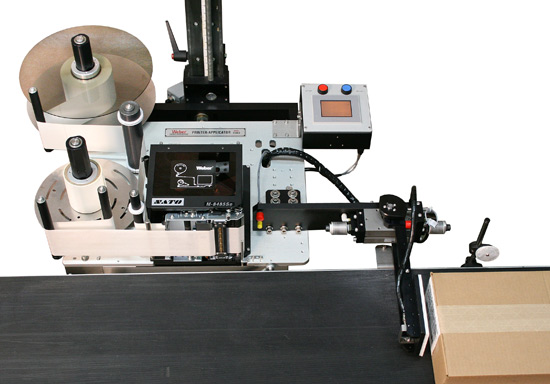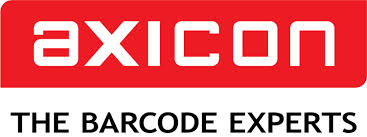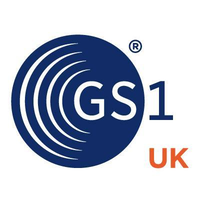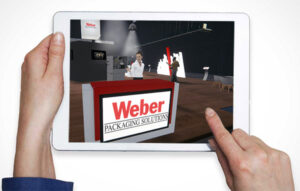Model 5300 Series Swing-Tamp Label Printer-Applicator
This Weber exclusive provides high-resolution printing and high-speed operation combined with the swing-tamp method of label application that affixes labels to the leading or trailing side of a product.
- Choose from a wide range of 203, 300 and 600 dpi print engines
- Capable of handling print speeds up to 16 ips
- Numerous I/O’s ease interfacing with external devices
- Monitor operation via a web browser
- Available with RFID capability
Model 5300 Series Swing Tamp Label Printer-Applicator
Weber’s Model 5300 swing-tamp system is redefining the meaning of versatility in the printing and application of pressure-sensitive labels to the leading or trailing side of a product. This is the best way to add a label to your product front or back while moving along your production line.
In addition to offering a broad selection of high-quality print engines that feature various print resolutions and label dispensing rates, this Model 5300 system is available with optional RFID print-encode engines.
Standard direct and thermal-transfer print engines from manufacturers Zebra, SATO and Datamax produce text, bar codes and graphic images at 203, 300 or 600 dpi. The Zebra-based RFID models combine these printing capabilities with the encoding and verification of RFID inlays to meet EPC Gen 2 protocols.
Special Features & Options
 The Model 5300 swing tamp system includes a number of noteworthy features that add to the operational versatility of this printer-applicator.
The Model 5300 swing tamp system includes a number of noteworthy features that add to the operational versatility of this printer-applicator.
• Swing tamp application: This method of label placement is used to apply a label to the front or back of a product as it travels on a conveyor line. A printed label is fed onto a pad and held by vacuum; the unit’s 90-degree swing arm then extends to apply the label.
• Browser-based monitoring: The status of all operational functions and configurations can be monitored by logging on to a web page that is unique to each Model 5300 unit.
• Numerous I/O’s: The system can be interfaced with many types of external devices.
• One-to-one media consumption: Special label unwind and rewind dimensions are matched to the system’s ribbon supply to ensure they are consumed at the same rate, reducing downtime and eliminating partial changeovers.
• Print job storage: Multiple label printing formats can be stored in the system’s memory, making it easier for an operator to select a job directly from the applicator instead of downloading a computer file.
The Model 5300 swing tamp system boasts numerous additional features including an upgradeable microprocessor controller, various inputs/outputs, plus durable construction that will withstand harsh industrial environments.
There also are several optional enhancements that can increase the system’s functionality. A product height sensor, for example, enables the printer-applicator to label items of varying heights delivered by the same conveyor.
Other options include a 15-foot umbilical connection that enables the remote location of the unit’s controller; an adjustable stand for optimum system orientation; label-on-pad and product-presence sensors; plus beacon light alerts to signal the status of label and ribbon supplies.
Adobe Reader is required to open and view PDF files. This can be downloaded free from adobe.com.
Available Documents
5300Alpha TIJ – Label dispenser Alpha with multifunctional inkjet-printer
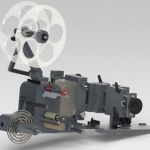
The Alpha TIJ comprises a label dispenser of the proven and renowned Alpha series and a thermal inkjet printer.
View Product
SATO MBi Series
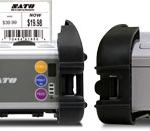
For fast, flawless barcode label printing to go, look no further than SATO’s MB2i and MB4i series of printers.
View ProductGeset 125 Horizontal Labelling System
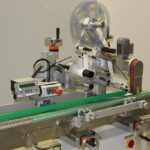
The Geset 125 labelling system is used to label cylindrical products automatically. Depending on the type and dimension of the product, different label sizes are used. The products are fed manually or by a conveying system provided by the customer at an infeed passage of the labelling system. Care should be taken on accurate alignment of the products between the two freely mounted rollers of the roll conveyor. The side guide’s position the products flush with the outside edge of the roll conveyor.
The roll conveyor feeds the products to the labeller. There the label is applied with the part running forward onto the product and it is pushed by rotation and the back pressure of the wrapping unit onto the product. The back pressure of the wrapping unit (the speed of the wrapping unit is twice as fast as the speed of the base conveyor) enables the product in rotation. The roll conveyor forwards the finished labelled products to the outfeed. Here the products are removed manually or by the customer’s conveying system.
View ProductWeber LA 4050AC Shuttle
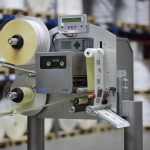
On Print and Apply Systems it is often the print module which determines the working rate. This is not the case with the new Legi-Air 4050 AC Shuttle. A loop device ensures a ready supply of labels which are custom-printed before being dispensed at unusually high speeds onto the passing products. The capacity of […]
View Product

